Samsung introduced to the world the new flagship series Samsung Galaxy S23. Although the top model Samsung Galaxy S23 Ultra draws the main attention, we should certainly not forget about the other two models Galaxy S23 and Galaxy S23+. It does not bring much news, but it completes the offer of the top line. After all, they also have this in common with the Apple iPhone 14 (Plus) models. So how do apple representatives compare to the new products from Samsung? That's exactly what we're going to shed light on together now.
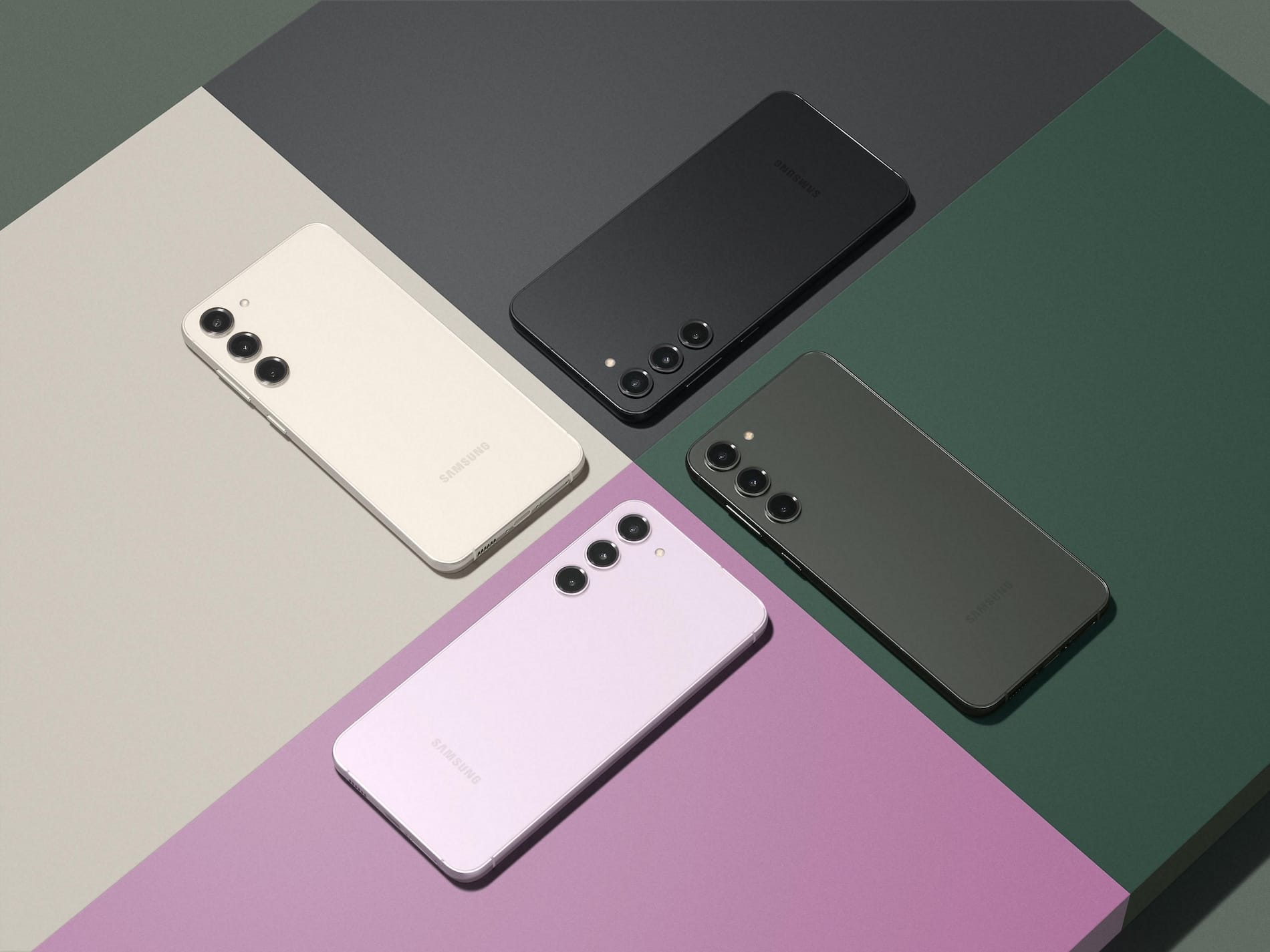
Design and dimensions
First of all, let's look at the design itself. In this case, Samsung was inspired by its own Ultra model, which quite sympathetically unified the appearance of the entire model range. If we were to look for differences between representatives from Apple and Samsung, we will see a fundamental difference especially when looking at the rear photo module. While Apple has been sticking to a captive design for years and folds the individual cameras into a square shape, Samsung (following the example of the S22 Ultra) opted for a vertically aligned trio of protruding lenses.
As for the dimensions and weight, we can summarize them as follows:
- iPhone 14: 71,5 x 146,7 x 7,8 mm, weight 172 grams
- Samsung Galaxy S23: 70,9 x 146,3 x 7,6 mm, weight 168 grams
- iPhone 14 Plus: 78,1 x 160,8 x 7,8 mm, weight 203 grams
- Samsung Galaxy S23 +: 76,2 x 157,8 x 7,6 mm, weight 196 grams
Display
In the field of display, Apple tries to save money. While its Pro models are equipped with displays with ProMotion technology and can boast a refresh rate of up to 120Hz, nothing like that can be found in the basic versions. iPhone 14 and iPhone 14 Plus rely on Super Retina XDR with a diagonal of 6,1″ and 6,7″, respectively. These are OLED panels with a resolution of 2532 x 1170 at 460 pixels per inch or 2778 x 1284 at 458 pixels per inch.
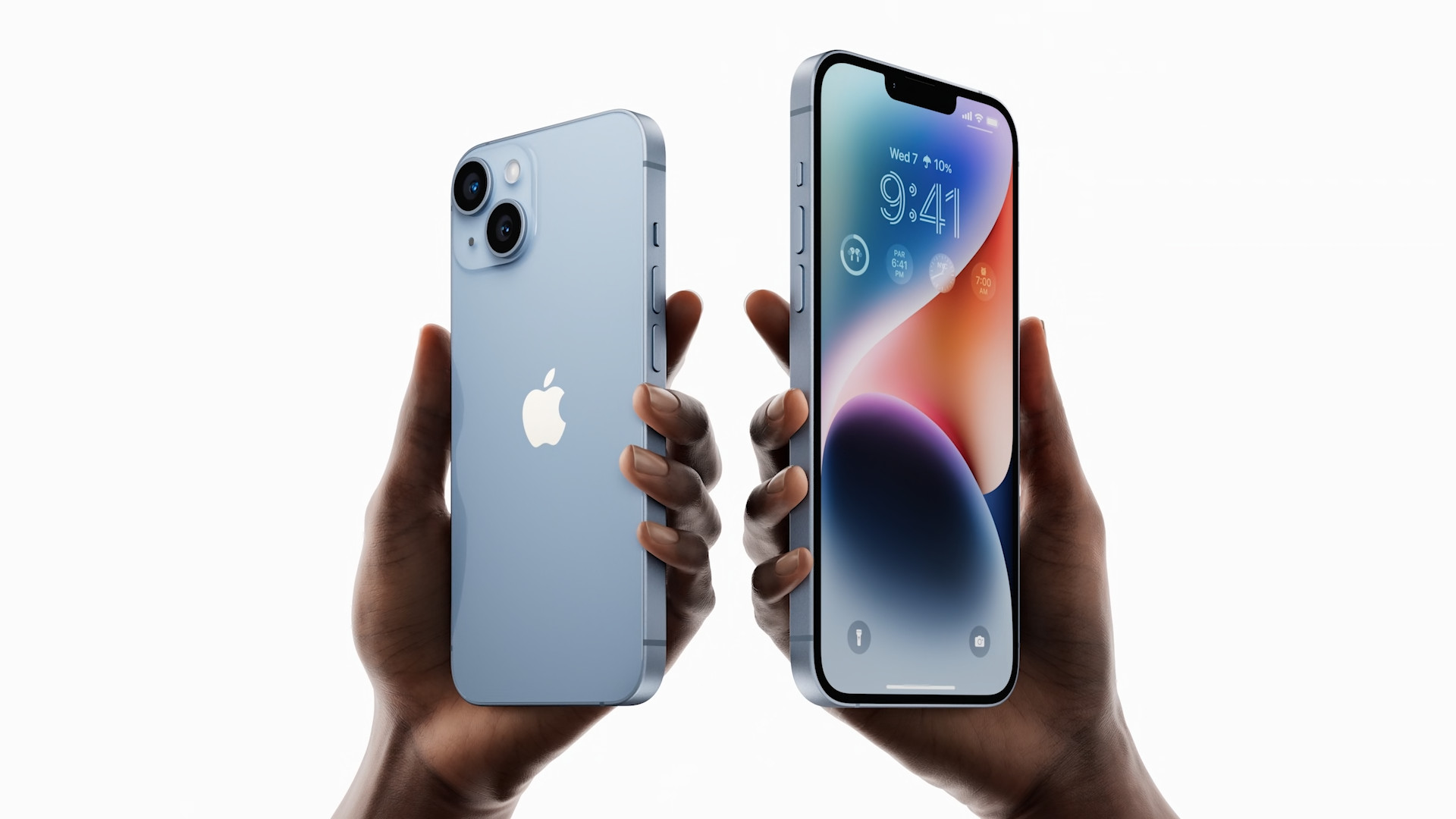
But Samsung goes one step further. The new Galaxy S23 and S23+ models are based on 6,1″ and 6,6″ FHD+ displays with a Dynamic AMOLED 2X panel, which is characterized by first-class display quality. To make matters worse, the South Korean giant also came up with a higher refresh rate Super Smooth 120. It can work in the range of 48 Hz to 120 Hz. Although it is a clear winner compared to Apple, it is necessary to mention that it is not a breakthrough for Samsung. We would find practically the same panel in last year's Galaxy S22 series.
Cameras
In recent years, users and manufacturers have placed more and more emphasis on cameras. These have moved forward at an unprecedented pace and literally turned smartphones into quality cameras and camcorders. Simply put, we can therefore say that both brands definitely have something to offer. The new Galaxy S23 and Galaxy S23+ models specifically rely on a triple photo system. In the main role, we find a wide-angle lens with 50 MP and an aperture of f/1,8. It is also complemented by a 12MP ultra-wide-angle lens with an aperture of f/2,2 and a 10MP telephoto lens with an aperture of f/2,2, which is also characterized by its triple optical zoom. As for the selfie camera, here we find a 12 MPix sensor with an f/2,2 aperture.
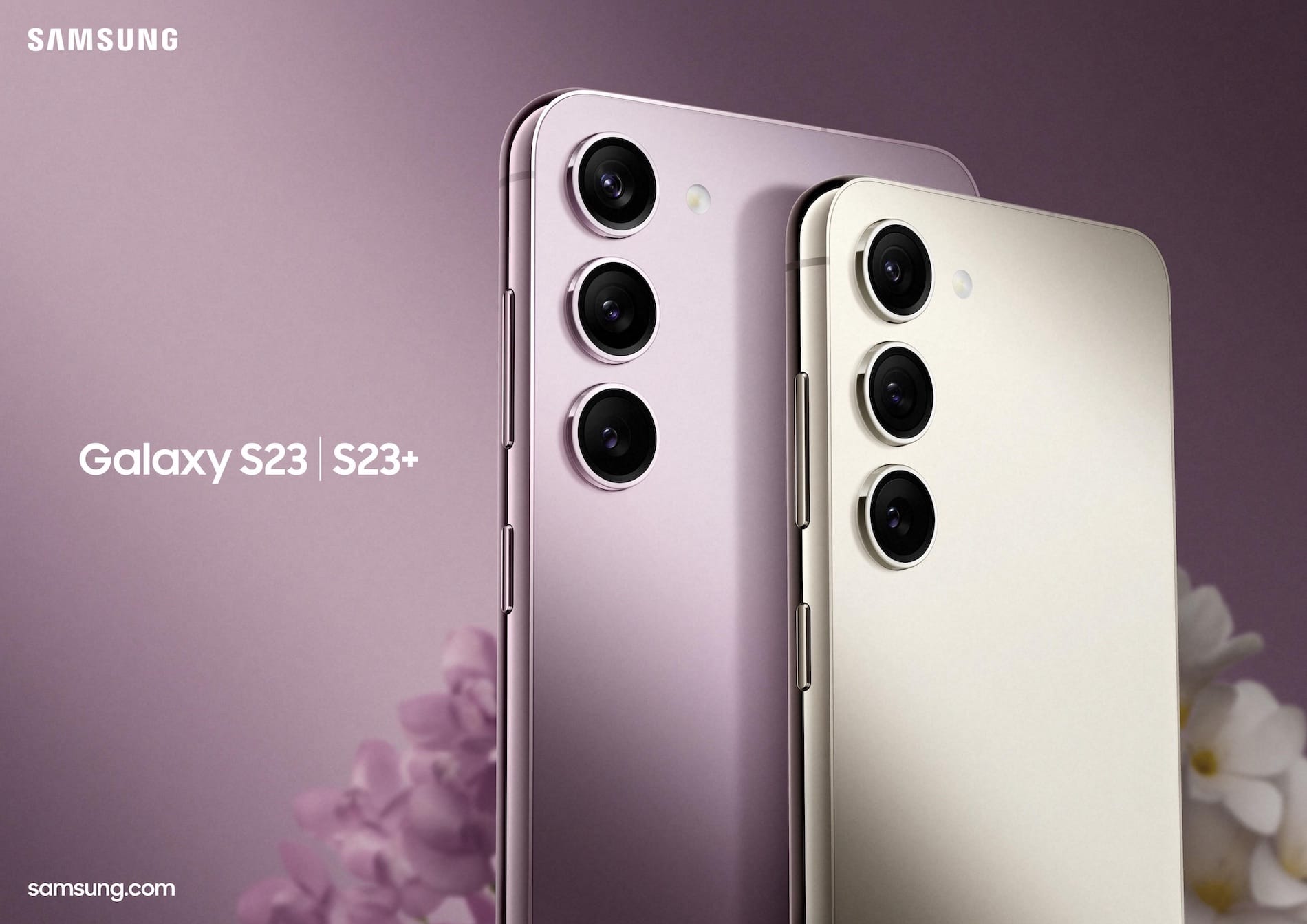
At first glance, the iPhone may seem to be simply lacking in comparison to its competition. At least that appears from the first look at the specifications themselves. The iPhone 14 (Plus) boasts "only" a double camera system, which consists of a 12MP main sensor with an aperture of f/1,5 and a 12MP ultra-wide-angle lens with an aperture of f/2,4. 2x optical zoom and up to 5x digital zoom are still offered. The optical stabilization with sensor shift at the main sensor is also definitely worth mentioning, which can compensate for even slight hand tremors. Of course, pixels do not indicate the final quality. We will have to wait a little longer for a detailed and detailed comparison of both models.
Galaxy S23 and Galaxy S23+
- Wide-angle camera: 50 MP, f/1,8, angle of view 85 °
- Ultra-wide-angle camera: 12 MP, f/2,2, 120° angle of view
- Telephoto lens: 10 MP, f/2,4, 36° angle of view, 3x optical zoom
- Front camera: 12 MP, f/2,2, angle of view 80 °
iPhone 14 Plus
- Wide-angle camera: 12 MP, f/1,5, optical stabilization with sensor shift
- Ultra-wide-angle camera: 12 MP, f/2,4, 120° field of view
- Front TrueDepth camera: 12 MP, f/1,9
It could be interest you
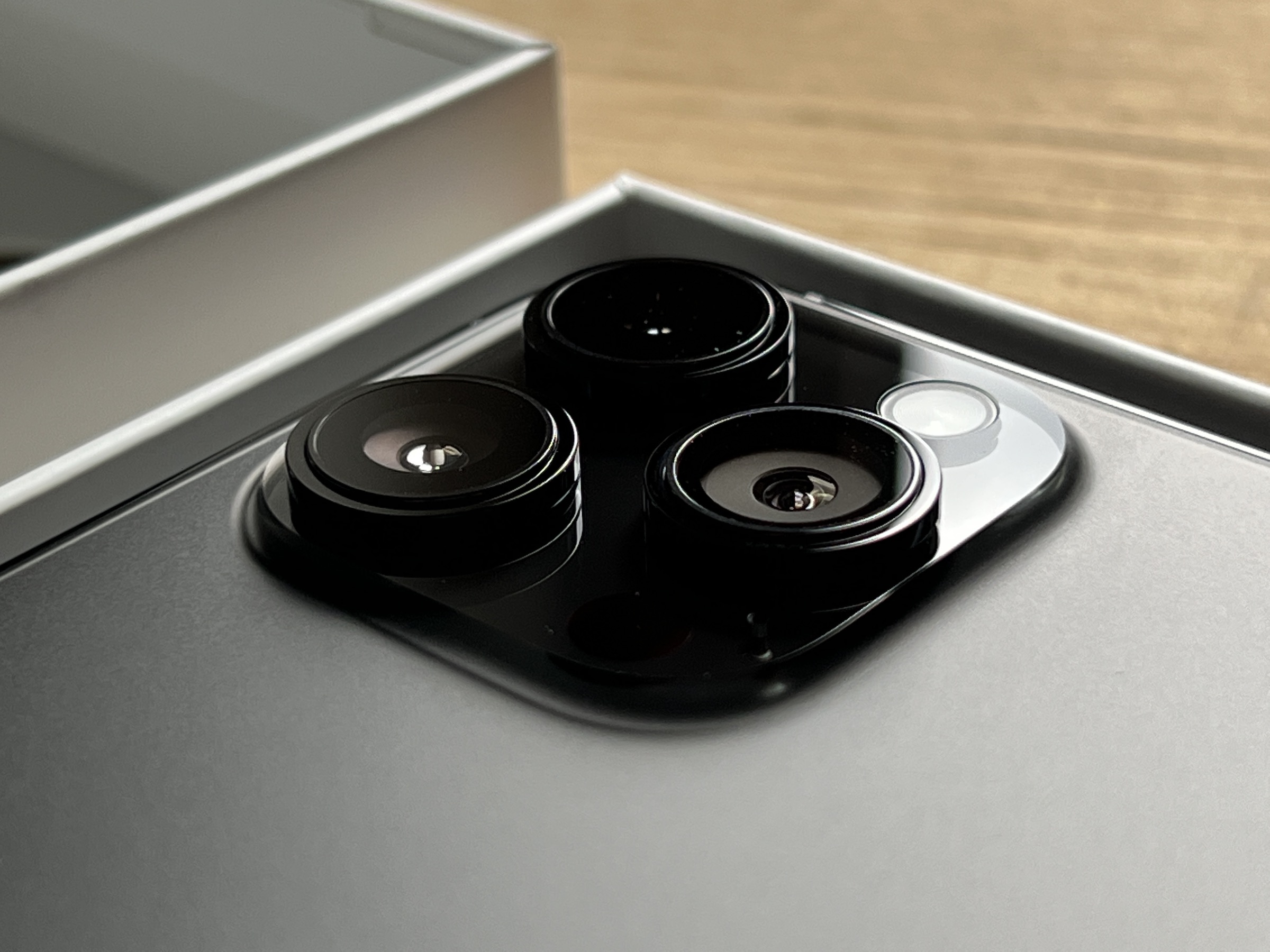
Performance and memory
With regard to performance, we must point out one important fact right from the start. Although the iPhone 14 Pro (Max) has the most powerful Apple A16 Bionic mobile chip, it is unfortunately not found in the basic models for the first time. For the first time ever, the Cupertino giant decided on a different strategy for this series and installed the Apple A14 Bionic chip in the iPhone 15 (Plus), which also beat, for example, in the previous iPhone 13 (Pro) series. All "fourteens" still have 6 GB of operating memory. Although the phones are more or less equal in the benchmark tests, we will have to wait for the real results. In the Geekbench 5 benchmark test, the A15 Bionic chip managed to score 1740 points in the single-core test and 4711 points in the multi-core test. On the contrary, the Snapdragon 8 Gen 2 scored 1490 points and 5131 points respectively.
Samsung does not make such distinctions and equipped the entire new series with the most powerful Snapdragon 8 Gen 2 chip. At the same time, long-standing speculations that this year's Samsungs will not be available with their own Exynos processors have been confirmed. Instead, the South Korean giant fully bet on chips from the California company Qualcomm. The Galaxy S23 and Galaxy S23+ will also offer 8GB of operating memory.
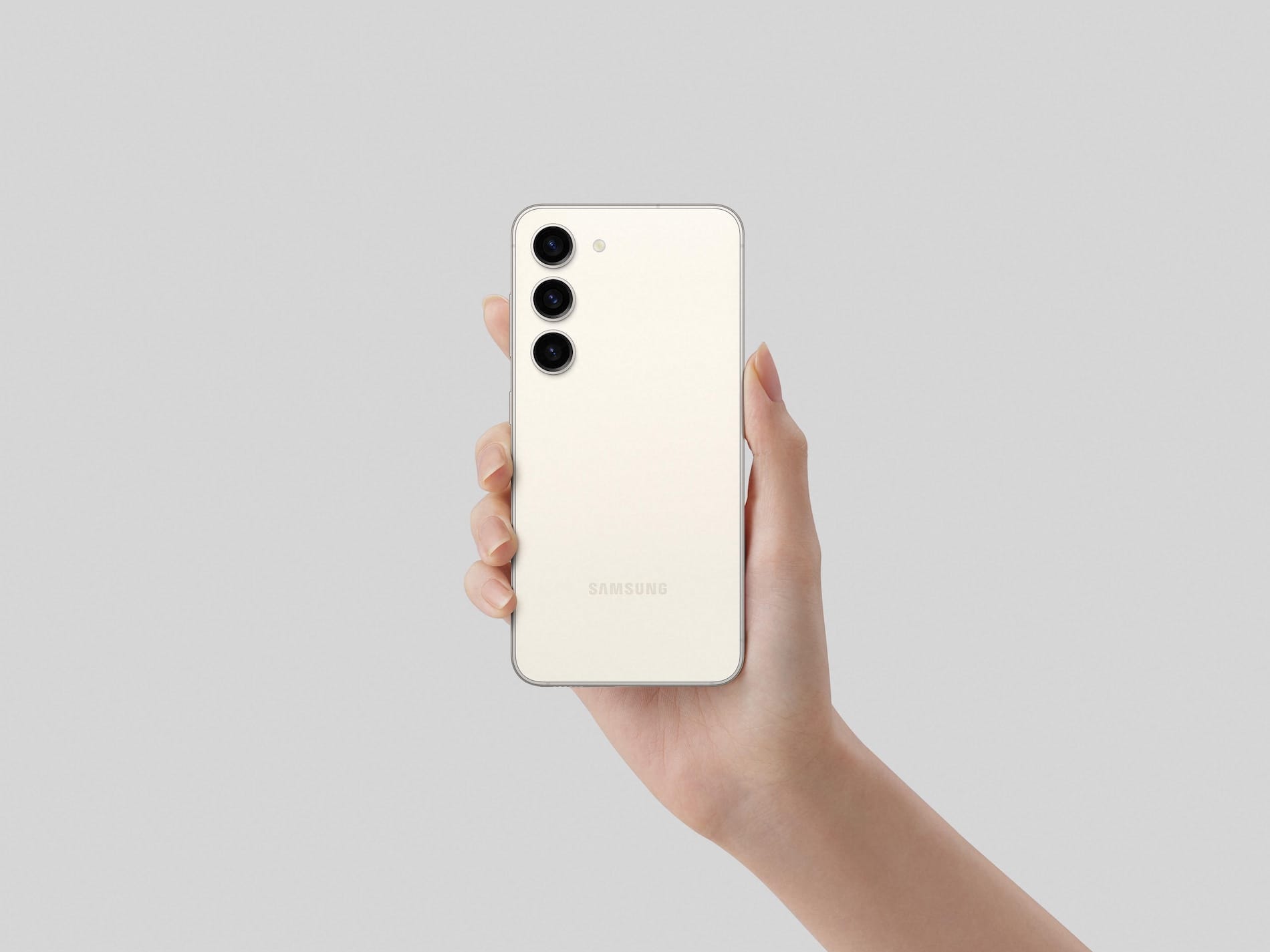
It is also important to mention the storage sizes themselves. It is in this area that Apple has long been criticized for offering relatively low storage even in such expensive models. iPhones 14 (Plus) are available with 128, 256 and 512 GB of storage. Conversely, the two basic mentioned models from Samsung already start at 256 GB, or you can pay extra for a version with 512 GB of storage.
It could be interest you
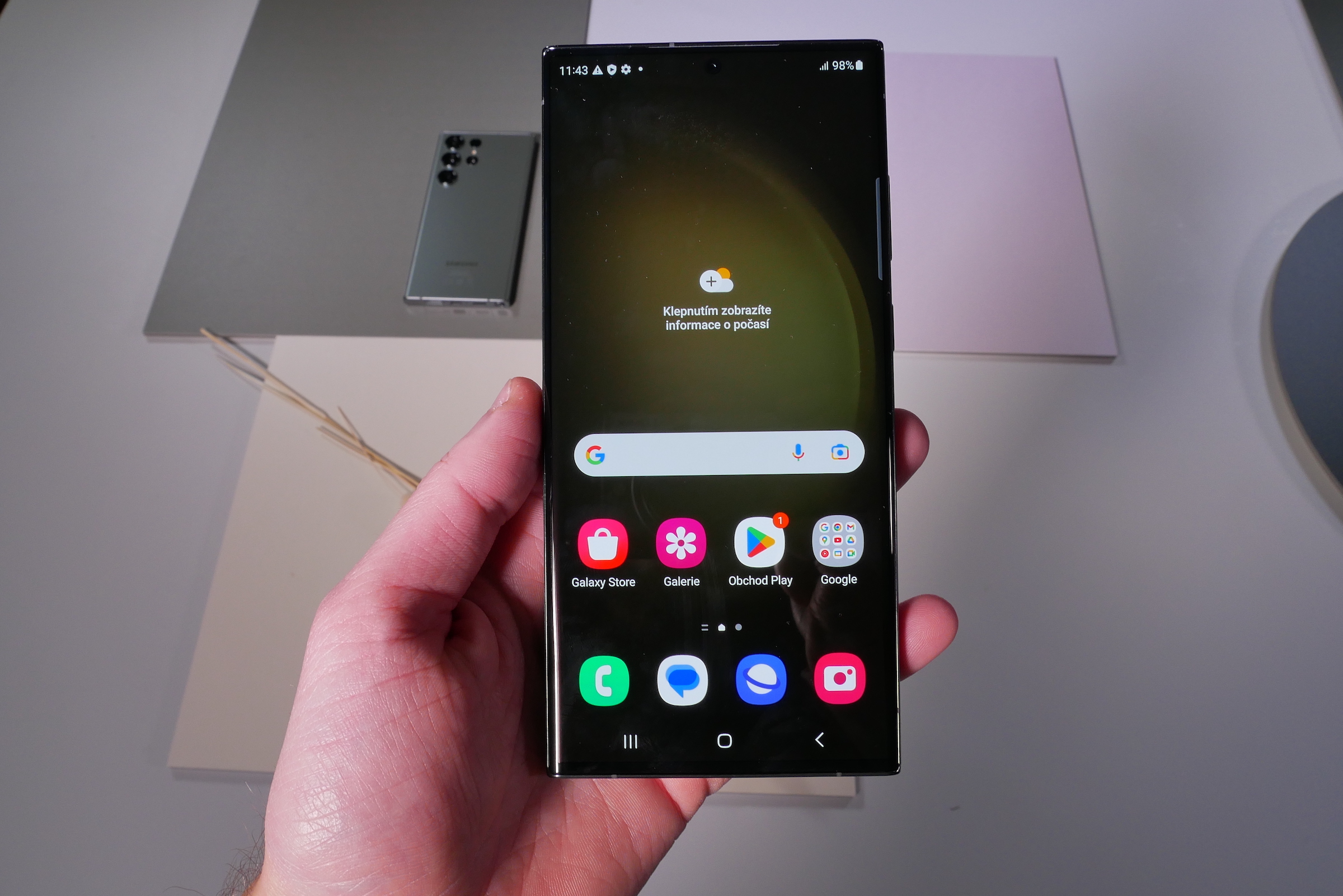
Who is the winner?
If we focus only on the technical specifications, Samsung appears to be the clear winner. It offers a better display, a more advanced photo system, a larger operating memory and also leads in the field of storage. In the final, however, it is nothing unusual at all, quite the opposite. Apple phones are generally known to lose out to their competition on paper. However, they make up for it with great optimization of hardware and software, level of security and overall integration with the entire Apple ecosystem. In the end, the Galaxy S23 and Galaxy S23+ models represent fairly fair competition that definitely has a lot to offer.

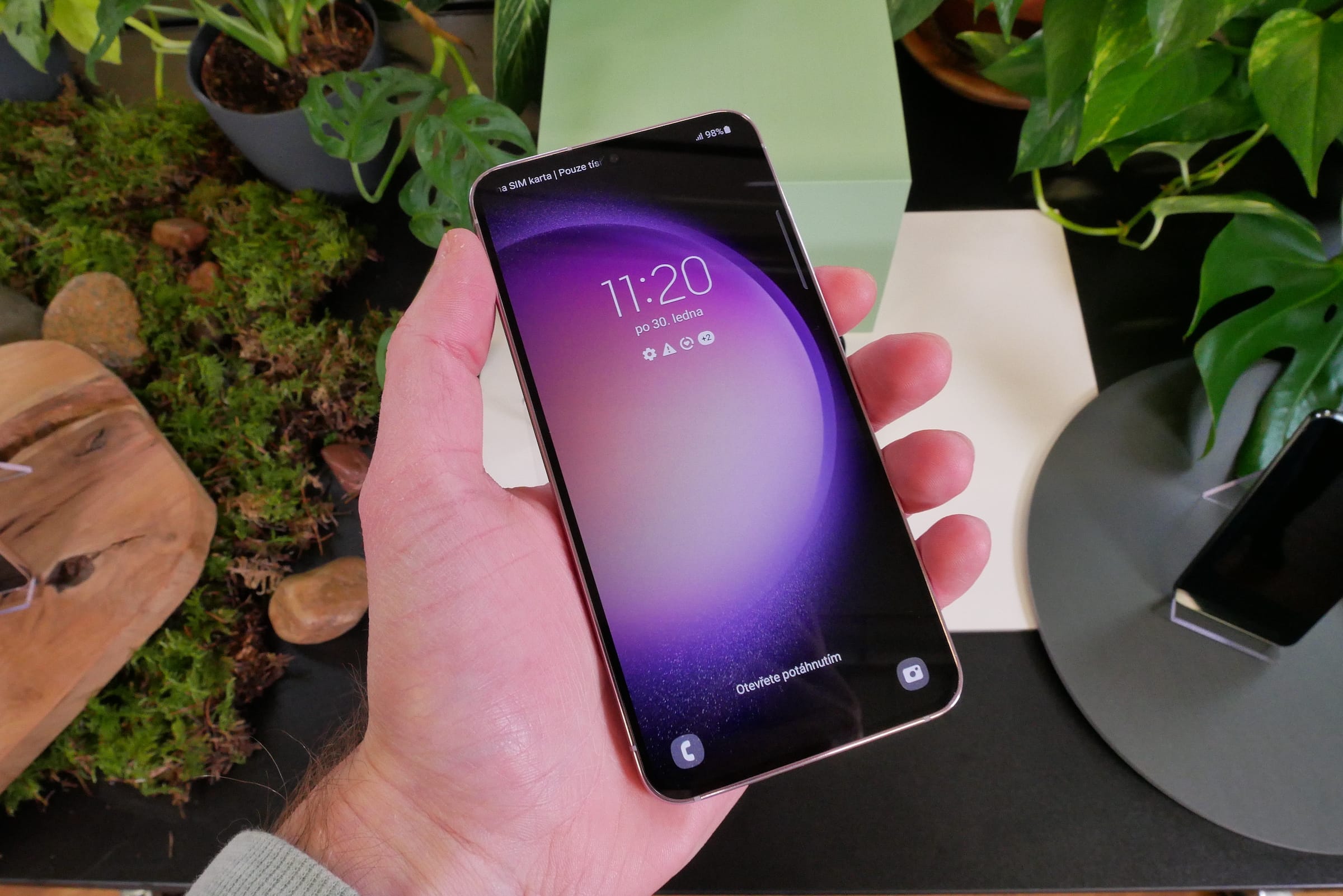
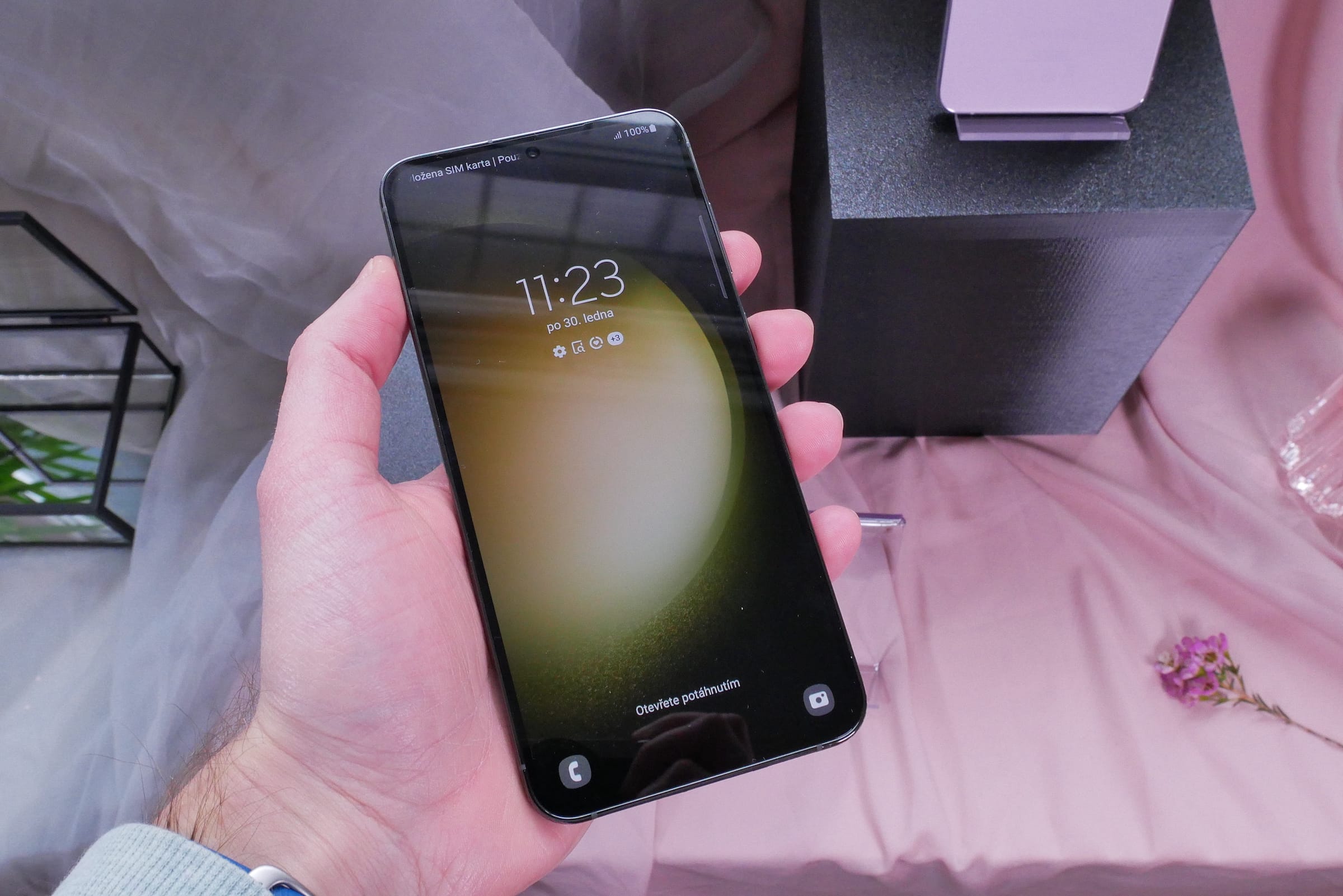

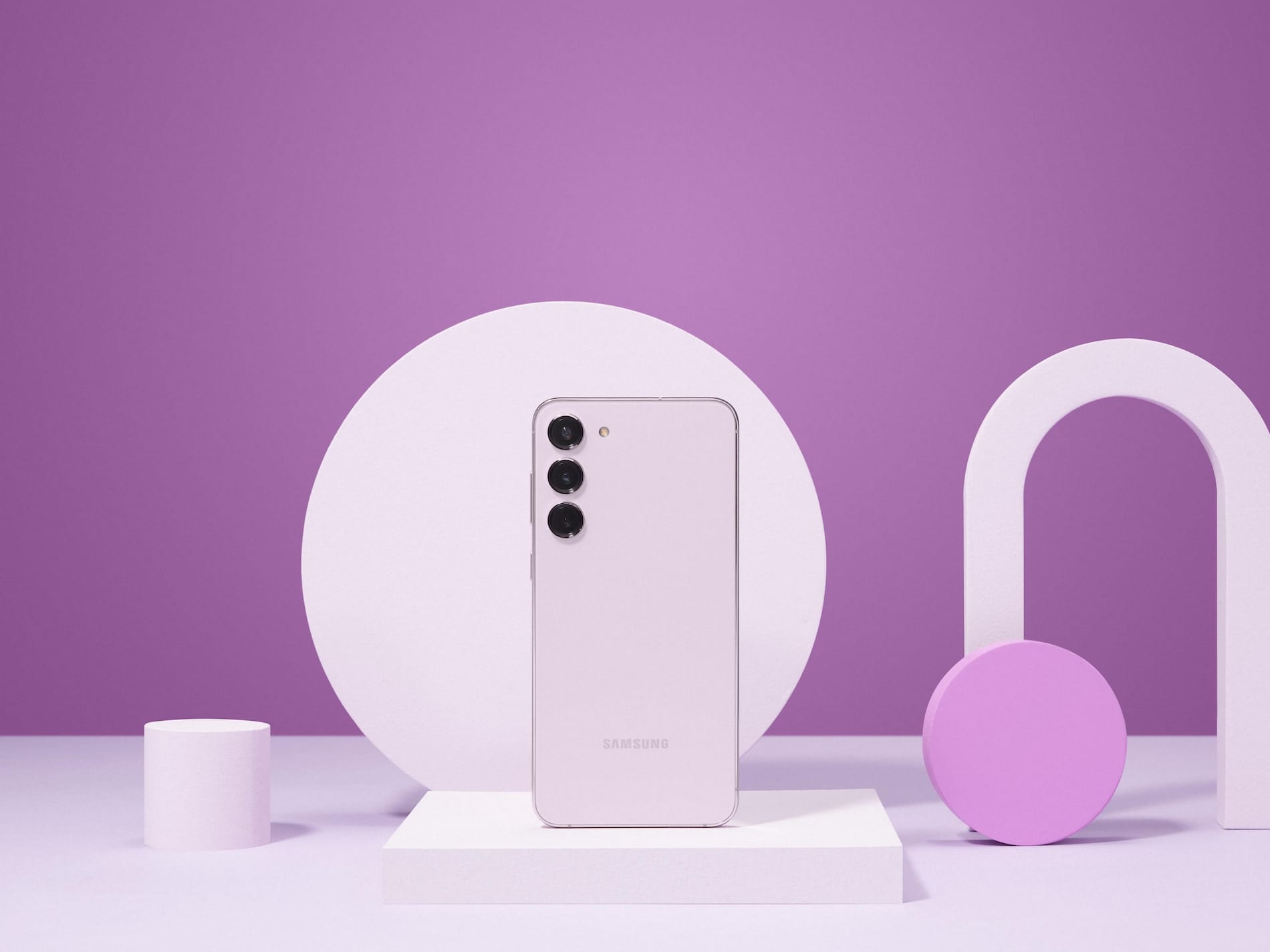
 Adam Kos
Adam Kos  Samsung Magazine
Samsung Magazine
it is better to write straight away that the 14 pro does not fit any of the s23 samsung series